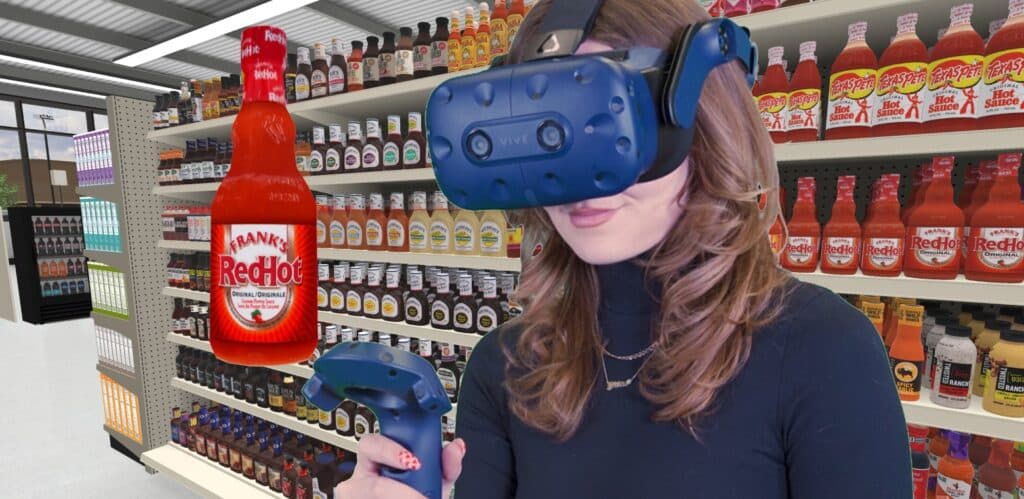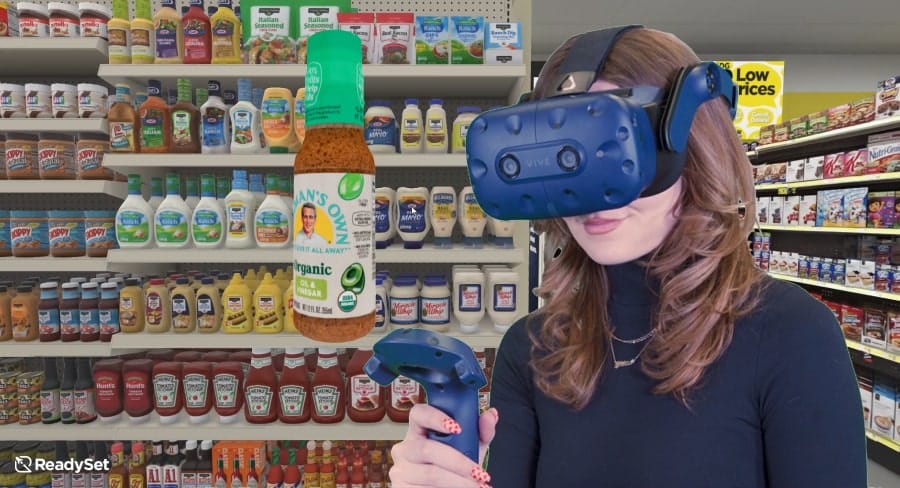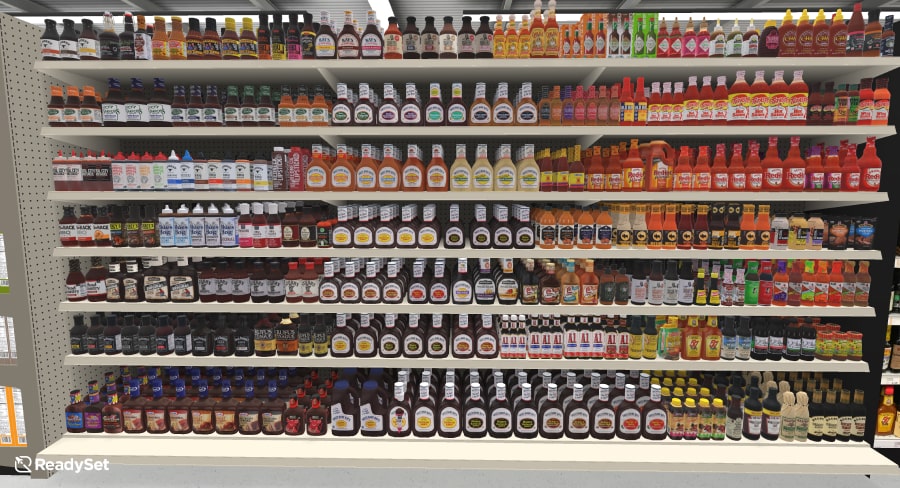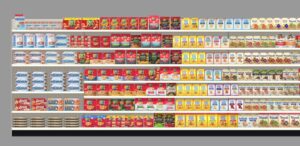Sauce & Condiment Sales Heat Up as New Tech Helps Out

Young Millennials and Gen Z consumers have fueled a boom in hot sauce trends and condiment sales. This surge is pushing leading brands and retailers to elevate their game with smarter virtual product innovation and assortment optimization.
The condiment and hot sauce industry is thriving in 2024, driven by evolving consumer tastes and the growing popularity of bold, ethnic flavors. Once considered a niche market, condiments have become essential staples in kitchens across the globe, especially among Millennials and Gen Z consumers. These younger generations are driving demand for new, exciting taste experiences, from spicy hot sauces to globally inspired condiments.
Sales in the condiment industry are seeing impressive growth as brands tap into these trends, introducing innovative products that cater to adventurous palates. This surge in demand is pushing companies to accelerate product development, refine their flavor assortments, and offer more health-conscious, all-natural options. With the rise of virtual reality (VR) technology, the condiment industry is also exploring new ways to optimize product assortments and deliver cutting-edge innovations to market faster than ever.

Consumers embrace ethnic condiments
Soups and sauces are gaining popularity in the global food aisle, driven by younger shoppers seeking exotic experiences. Millennials are increasingly open to new ingredients and flavors, boosting ethnic food market growth. Various demographic groups are showing strong interest in global foods, creating sales opportunities for soups and sauces. Grocers are adapting by shifting from generic “international aisles” to highlighting specific countries like Japan and Korea.
A new culture of hot sauce consumption
In a Denver Post story, one Colorado-based condiment supplier explained the hot sauce industry growth by recalling there being around 25 or 30 total hot sauce companies across in the U.S in 2024 and now there’s like 500 to 600.
The popularity of sauce has been evident with the younger generations and can be seen in popular internet sensations such as the “Hot Ones” series on YouTube and viral Tik Tok Pink Sauce controversy, a product now sold in stores.
What this means for condiment brands and sauce retailers
To keep up with consumer demands, brands and retailers need to assess and optimize product assortments while factoring in local market preferences. A feat that is accomplished through product innovation and shopper research, two things that can be costly and time consuming but new technologies are changing the game.

Accelerate sauce product innovation with VR
Use of virtual reality for food product innovation is being used by numerous top CPGs. VR capabilities offer the ability to accelerate condiment and hot sauce brand product innovation by allowing companies to conduct virtual simulations of shelf space, assess consumer preferences, and test new packaging designs without the time or cost of traditional methods. This allows them to quickly identify promising emerging condiment flavors, develop innovative sauce packaging with clean labels or experiment with new product lines and spicy flavors.

Improve condiment assortment optimization using online research
Virtual reality is reshaping the food industry by offering a powerful tool for consumer research. Through virtual simulations on a computer or VR headset-based shopper studies, brands can test different shelf arrangements to find the most appealing assortments for consumers. This leads to faster innovation cycles and more targeted product offerings. Allowing brands to use advanced eye-tracking and behavioral data to improve condiment sales strategies.
As consumer preferences evolve and the demand for bold, ethnic flavors continues to grow, the condiment and sauce market is poised for rapid innovation. Brands that leverage emerging technologies like VR will be better equipped to meet these changing tastes and gain a competitive edge.
Subscribe to our newsletter
Get our blogs and the latest retail news delivered to your inbox monthly.
Recent Posts
Top CPG Trends to watch in 2024
With 2024 well underway, several impactful shifts are poised to shape the consumer packaged goods (CPG) industry. From the intriguing influence of weight-loss medications on consumer spending behaviors to the digital transformation initiatives reshaping the CPG landscape, each trend brings forth unique challenges and opportunities. The dynamism within the CPG sector fuels innovation, reshaping the…
What is Extended Reality (XR): Definition, Solutions, and Examples
From trying on quirky Snapchat filters to placing virtual furniture in your home or diving into immersive VR worlds, you’ve probably experienced snippets of Extended Reality (XR). But XR isn’t just about fun; it’s a transformative technology reshaping our world. In this exploration, we’ll uncover XR and how it’s more than just entertaining experiences. Let’s…
The 6 Different Types of Planograms
When creating a planogram, the first step is to consider which type needs to be created. We will explore numerous planogram examples and how they are intended to serve different retail purposes. Category Management is a strategic discipline focused on defining and managing product categories within a retail store. A pivotal tool in achieving this…



